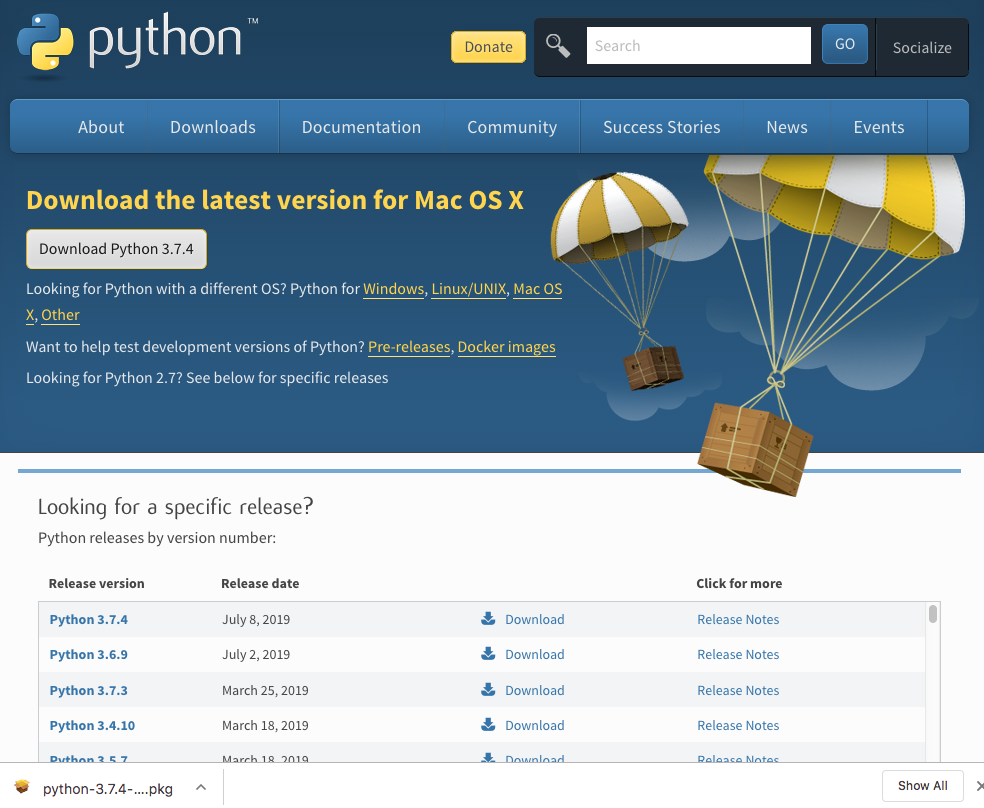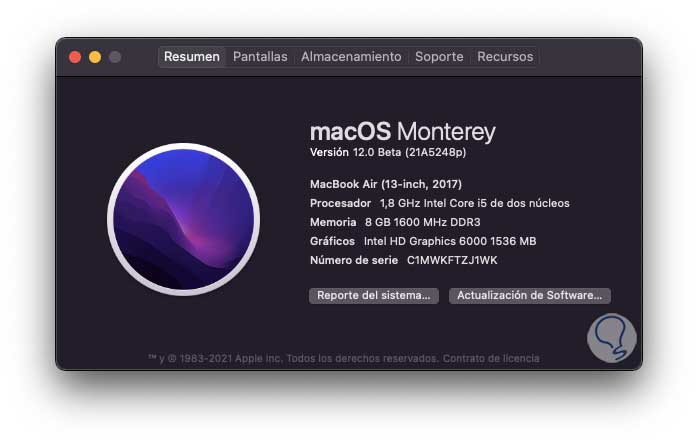

HOW TO INSTALL HOMEBREW ON MAC HOW TO
When the installation completes (it will take some time), you’ll need to make sure the brew command is found in your PATH with the following two commands:Įcho 'eval "$(/home/linuxbrew/.linuxbrew/bin/brew shellenv)"' > /home/$USER/.profileĮval "$(/home/linuxbrew/.linuxbrew/bin/brew shellenv)" How to update brewīefore you install your first package, you need to update the Homebrew definitions, which is done with the command: The above command will work on either Debian- or RHEL-based distributions. With the dependencies out of the way, we can now install Homebrew with the command: Sudo yum install libxcrypt-compat How to install Homebrew Sudo yum group install 'Development Tools' If you’re using an RHEL-based distribution - such as Fedora, Rocky Linux, or AlmaLinux - there are three commands to run, which are: Sudo apt-get install build-essential procps curl file git -y If you’re using a Debian-based distribution - such as Ubuntu, Linux Mint, or Pop!_OS - this is done with the command: The first thing we must do is install the required build tools. How to install the necessary dependencies Stack Overflow's 2023 Developer Survey: Are developers using AI? Top Python AI and Machine Learning Libraries TIOBE Index for August 2023: Top 10 Most Popular Programming Languages The only things you’ll need are a running instance of either a Debian- or RHEL-based distribution and a user with sudo privileges. So, if this sounds like a winning proposition to you, let me show you how it’s done. To add even more fuel to this fire, with Homebrew, you can install the latest releases of packages - even on older Linux distributions. SEE: 40+ open source and Linux terms you need to know (TechRepublic Premium)īecause of those reasons, you might want to add Homebrew to your Linux distros. Some of the tools found in Homebrew aren’t available to any of the default Linux package managers and some packages found in the apt and yum repositories aren’t exactly well maintained.

Homebrew makes installing over 5,000 applications from the command line very simple. Homebrew is a command line package manager for macOS that is similar to apt-get or dnf. Jack Wallen walks you through the steps of installing the macOS command line package manager Homebrew on Linux. To removed the installed package, type brew uninstall -force How to uninstall Homebrewįollow the instruction in this page.How to install the macOS Homebrew package manager on Linux

To check the installed package, type brew list in the terminal. How to check installed packages via Homebrew echo 'export PATH="/opt/homebrew/bin:$PATH"' > $HOME/.zshrcĬlose the Terminal and re-open a new Terminal window. Then type the below command and press Enter. Open the Terminal and type the below command and press Enter. zsh: command not found: brew Export the path If you are getting the below error, you need to export the path. įor example, to install PHP package, type brew install php in the terminal To install the Homebrew package, you use a command brew install. bin/bash -c "$(curl -fsSL )" How to install package using brew or issue the following command in Terminal.

To install Homebrew, please check this page. How to Install Homebrewīy default, macOS 12 does not come with Homebrew preinstalled. However, same steps should be applied and worked on macOS 13 Ventura. Originally, this article is written targeted on macOS 12 Monterey. Most of those tools can be installed using Homebrew. Homebrew is a package installer that helps you install the stuff you need that macOS 12 Monterey does not provide.įor example, you need PHP module, or you need some command-line tools. How to check installed packages via Homebrew.


 0 kommentar(er)
0 kommentar(er)
